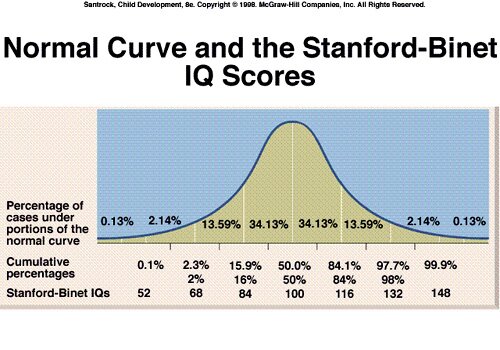Sat 18 Feb 2006
Roxanne Khamsi (St Louis), NewScientist.com news service, via BoingBoing, :
Gestures that complement rather than simply illustrate verbal instructions can boost children’s ability to complete problems in mathematics, researchers report.
“The teachers are giving the kids two different approaches to the problem - one by hand and one by mouth - and somehow they seem to complement one another,” says Susan Goldin-Meadow of the University of Chicago, US. She adds that early findings also show that students who copy the gestures of their teachers are more likely to learn.
Goldin-Meadow and her colleagues gave 160 children between the ages of eight and 10 a set of mathematical problems to solve. The students were randomly assigned to receive either verbal instructions alone or also with gestures. Those in the latter group either received gestures that copied or complemented the spoken guidance.
As part of the experiment students had to complete the equation “7+6+5=?+5”. Teachers told the youngsters that they had to make one side of the equation match the other side.
The gestures simply duplicating these directions involved the instructors pointing to the left-hand and then the right-hand sides of the equation. When using complementary gestures, however, the teachers pointed to each of the numbers on the left and then signalled the subtraction of the five on the right side by scooping their hand away from the number.
Sign of success
Children who saw the complementary gestures did best, solving three of the four addition problems correctly, on average. By comparison, those children who witnessed simple illustrative gestures typically solved fewer than two of the problems correctly. And students who received only verbal instructions solved only one of the four problems correctly, on average.
(more…)


